It was designed in 1896 by architect Carlos Thays, the well-known French landscape architect assigned to project the park, combines in it the English and French tradition of the gardening of the 19th century.
THE PARK. The forest heritage with more than 300 native species of North America, Asia, Europe and Australia has made of the park a green universe, full of streets and roads specially built to make its visit as pleasant as possible. This 35-hectare park is a metaphor of the oasis Mendoza founders had dreamed of. It was created to improve Mendoza’s quality of life, as the green spaces in the western side of the city allow for a suitable humidification of the atmosphere. For over a century, the park has constituted one of the most important green urban spaces in Argentina, due to its extension and to its proximity to the city of Mendoza. The park covers 307 cultivated hectares, with an extension of 17 Km of asphalted roads and 82 hectares of expansion.
GENERAL SAN MARTÍN PARK GATES. Moved by the desire of giving an adequate access to the magnitude of the Park, and imitating the designs of European parks and gardens, the local government installed these monumental gates. They were made in Ironwork manufacturer company “Walter Macfarlane and Co.” from Glasgow, Scotland upon the Red Sultan of Turkey’s request, at the beginning of the 20th century. After his overthrow, the impressive gates had no owner, that is why, they were bought by the Government of Mendoza, during the administration of Emilio Civit, in 1907. With this work, the park was then given a unique and magnificent access. (Emilio Civit Ave. and Boulogne Sur Mer)
CABALLITOS DE MARLY (LITTLE “HORSES OF MARLY”). Right after entering the park, passing through the gates, there are two sculptures – a wild horse and its horse breaker- one at each side of the avenue. They have been placed so that both figures and horses look towards the main view of the avenue. They are a reproduction of the original “Marly horses” made by Guillaume Coustou to ornament the gardens of the Marly Palace, and then moved to the Place de la Concorde, in Paris, at the entrance of the Champs Elysées.
FUENTE DE LOS CONTINENTES (FOUNTAIN OF THE CONTINENTS). This fountain was inspired by the group of sculptures called “The Four Continents” made by French sculptor Jean B. Carpeaux, which decorates the Gardens of Luxemburg. Its is said to have been made by sculptress Lola Mora. Its main theme is the representation of the continents: America, Asia, Europe and Africa; leaving Oceania aside as it was formerly considered part of the Asian continent. The Fountain of the Continents constitutes an outstanding example of the methods of reproduction in iron worked by means of die casting. This can be seen in the plastic quality and the refinement of the figures and its ornamental motifs.
THE LAKE. In the park, we also find the Lake, a recreational work in large-scale which was originated in 1906. Since then, it gives to the lovers of regatta a place to practice this discipline. With more than 1000 meters long and 100 meters wide, this artificial mirror of water, with its island, the rose garden and the pergolas that frame it, is a must for the park visitors. The Rosedal (Rose Garden) is a promenade of a French style, inaugurated in 1919. It has beautiful gardens with many varieties of rosebushes. It also has sculptures and pergolas that, in springtime, are covered by pink flowers. A walk in its island is also a good option for tourists.
THE ZOO. It was created in 1939 on the Eastern side of Cerro de La Gloria located at the West side of General San Martín Park. It was initially conceived as an open-range zoo, so that the animals were kept in large, outdoor enclosures, in environments which simulated the natural habitats of the species. Unfortunately, the original project was not continued and cages were built to keep the animals inside, specially the dangerous ones. Its one of the most important zoos in South America. It extends over 48 forested hectares and it is visited each year by 200,000 people approx. Its narrow promenades give the visitor a close contact with the wildlife of the place.
THE HILL OF GLORY. Here we find the monument in honor of General San Martín and the Army of the Andes, made by the Uruguayan sculptor Juan Manuel Ferrari. The base is made of stone brought from the high mountains.
Over a stony base, there is the equestrian statue of General Don José de San Martín, who, crossing his arms on his chest looks towards the horizon. Behind it, there appears a group of granaderos (army soldiers on horses), 6 at each side symbolizing the departure of the Army (horses in upright position) and its arrival (tired horses.) There are six on each side and they represent the six steps that the Army used to cross the Andes mountain range. Around the pedestal, there are three friezes that represent the main scenes of the preparation for the Crossing of the Andes. On the eastern side, we find the figure of Friar Luis Beltrán, known for his army skills. On the Southern side, we can see figures representing the local people of the time: the high society women donating their jewels and valuable belongings; and people of the lower classes collaborating with various elements. On the Western side, we find the departure of the Army to Chile, and the figure of tropero Sosa stands out. On the upper part, there is a figure representing the Liberty holding broken chains in its hands; around it, there is a group of granaderos on their horses ready to attack, and there is also the figure of an Andean condor gliding in its flight. On the Eastern wall, there appears the Argentinean coat of Arms; and on the Western wall we find the coat of Arms of Chile and Peru; countries that the military leader would later liberate. The Argentinean coat of Arms has part of his laurels incomplete; this symbolizes the fact that San Martín did not complete his campaign, which was forming a single whole nation for the South American continent. San Martín had to resign his campaign in Peru due to health problems.
The area around the hill offers an impressive view of the whole city, both during the day and at night.
FRANK ROMERO DAY GREEK THEATER. The Frank Romero Day Amphitheater is the scenery since 1963 of the National Grape Harvest Festival. It was built in 1940 by architect Daniel Ramos Correa. It has seating capacity for 19,242 spectators who attend a show of light and sounds in which the “Reina Nacional de la Vendimia” (National Grape Harvest Queen) is elected each year. The spectators are tripled in number because many of them attend the show from the hills close to the theater. The place chosen for the building of the amphitheater “was already made by nature, it was the ideal place and men only had to do the final arrangements to make it a theatre.” This Greek theater is unique in Argentina, it has 120 meters of scenic mouth and it is surrounded of 2 kilometers of hills. The wide platform that has the function of stage resembles a large tray and it is separated from the stands by a water fountain. The surrounding hills are known as Cabernet, Pinot, Semillón and Vinegar.
CIUDAD UNIVERSITARIA UNCUYO. The Universidad Nacional de Cuyo (National University of Cuyo) is the largest center of higher education in the province of Mendoza, Argentina. It was established in 1939 in response to the needs not only of the province of Mendoza, but also of San Juan and San Luis, provinces that constitute the region of Cuyo. This regional link was kept until 1973 when each province established its own university (namely National University of San Juan and National University of San Luis). Thus, the National University of Cuyo remained exclusive for Mendoza and Balseiro Institute.
The university has 12 academic schools in the city of Mendoza, a delegation in the city of San Rafael (province of Mendoza), and the Balseiro Institute which is established in the city of San Carlos de Bariloche (province of Río Negro). It includes the University Technological Institute which offers technical education in four other cities of the province of Mendoza. It also offers educational services at high school level in six establishments and an academic department of primary and kindergarten education.
THE MUNDIALISTA STADIUM “MALVINAS ARGENTINAS”. It is a football stadium built when Argentina hosted the 1978 World Cup. It has capacity for 45,268 spectators, 20,268 stalls, 24,500 popular stands and 500 seats for VIP. It has a lighting system made of four main towers and four towers of reinforcement located at the roof of the stalls. The stadium was built on a “natural pot shaped mountain” near Cerro de La Gloria. This stadium is not associated to any football club in particular; it belongs to the local government.
EL CHALLAO. It is located 5 km away from Mendoza city (downtown), and it is a picturesque area that extends from San Martín Park up to the “Cordón de Las Lajas”. In the “Cerro La Angostura”, we can see a cross with a Jesus Christ image, known as “Cristo de los Cerros” and from there, we can appreciate the beautiful sight of the landscape. El Challao has hotels, cottages, camping areas and a wide variety of activities to enjoy, such as the auto cinema, discos, cafés and restaurants. You can also find outdoor activities such as motocross, paragliding, horseback ridings, mountain bike, trekking etc. Two important places to visit at El Challao are: “Termas del Challao” (Challao hot springs) and “Santuario Nuestra Señora de Lourdes” (Our Lady of Lourdes Sanctuary) with an old chapel and amphitheater glaze.
PARQUE ABORIGEN. It is a unique sample of the local flora, where a wide variety of cactus is to be highlighted. This tells visitors about the original appearance of Mendoza when the Spanish arrived in the 16th century.
DIVISADERO LARGO NATURAL PRESERVE. This 492- hectare natural preserve is used as an ecological tourism circuit. It is possible to observe a geological fault , whose displacement has allowed for fossil rocky outcrops more than 230 million years old to appear. There also observation paths. Visitors should request a permission to enter the preserve.
CIRCUITO PAPAGALLOS. A mountain area featuring exceptional conditions for cycling and motocross. It a unique location to get impressive views of the city.
Esta entrada también está disponible en: Spanish Portuguese (Brazil)




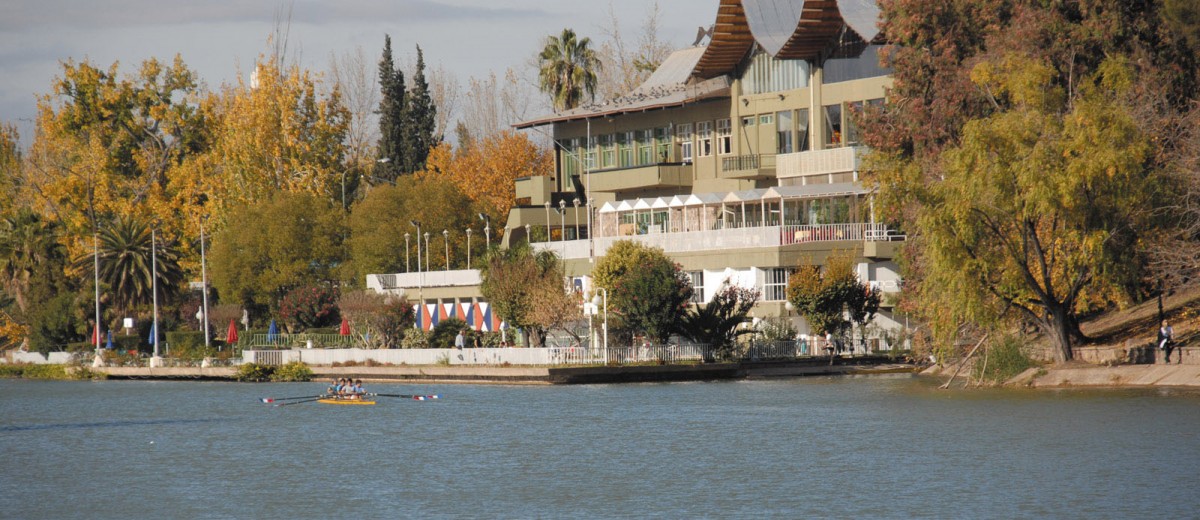
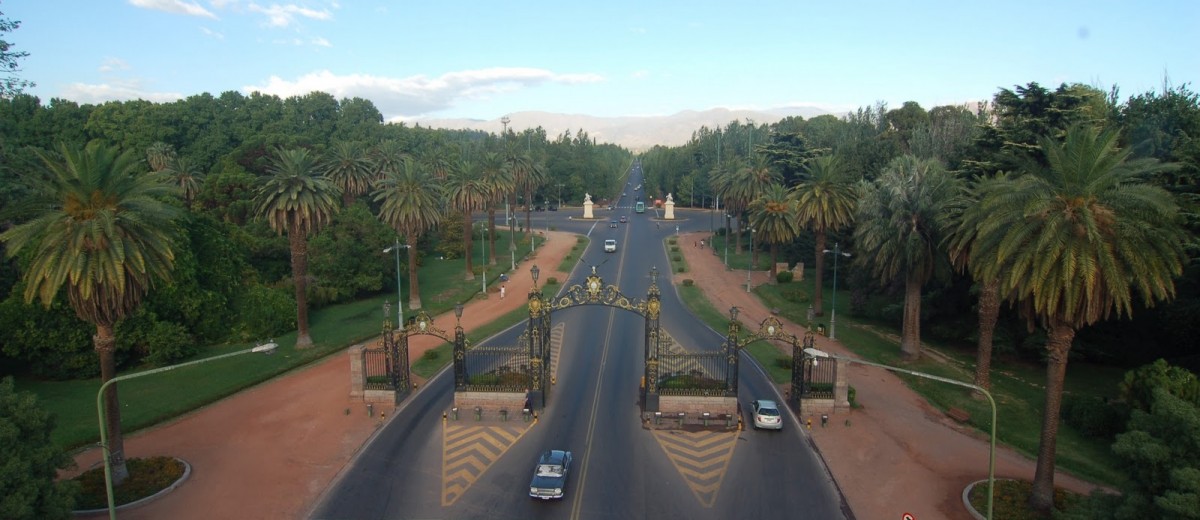

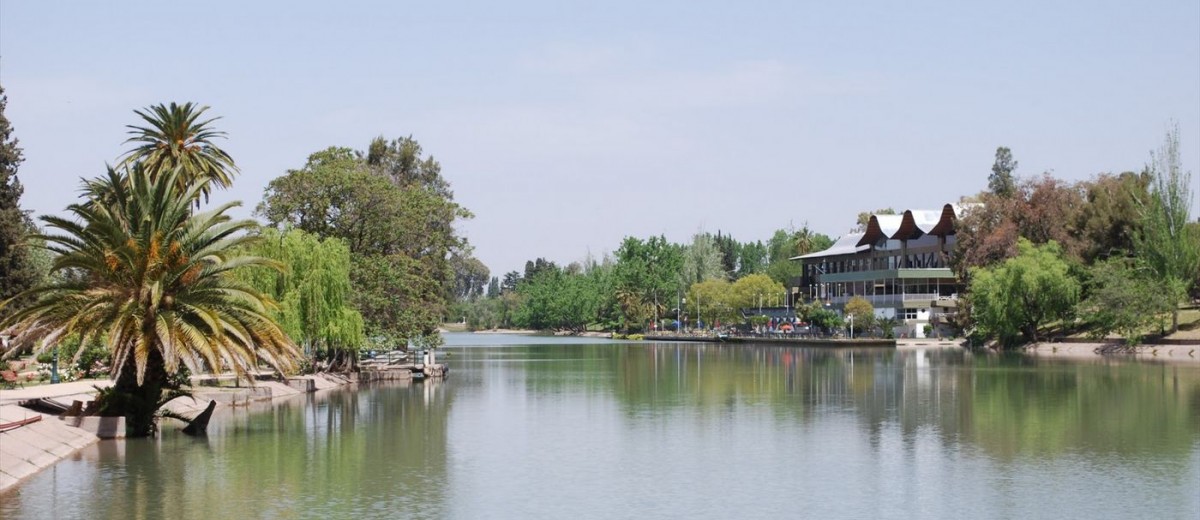
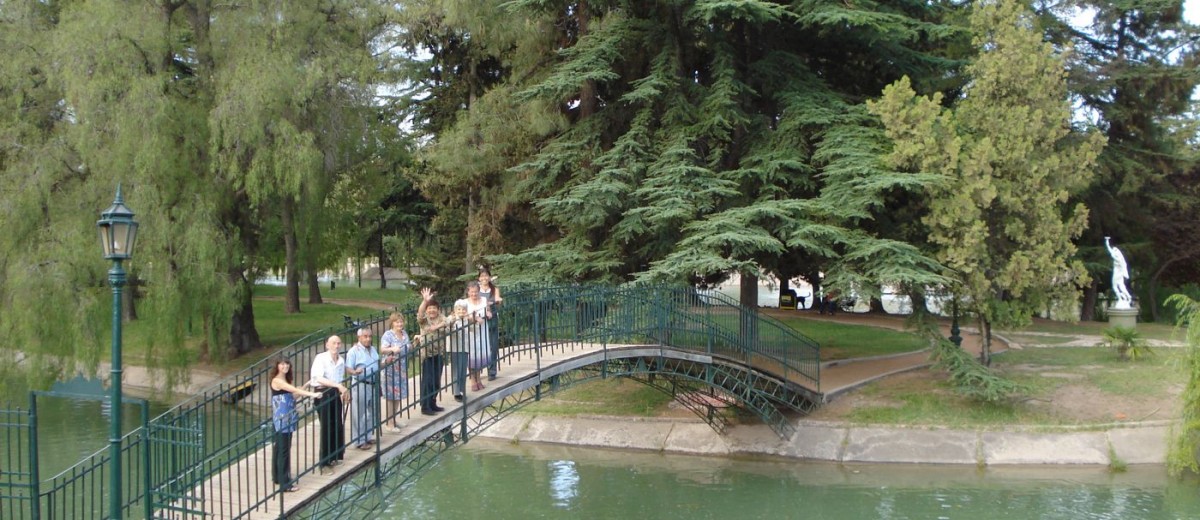
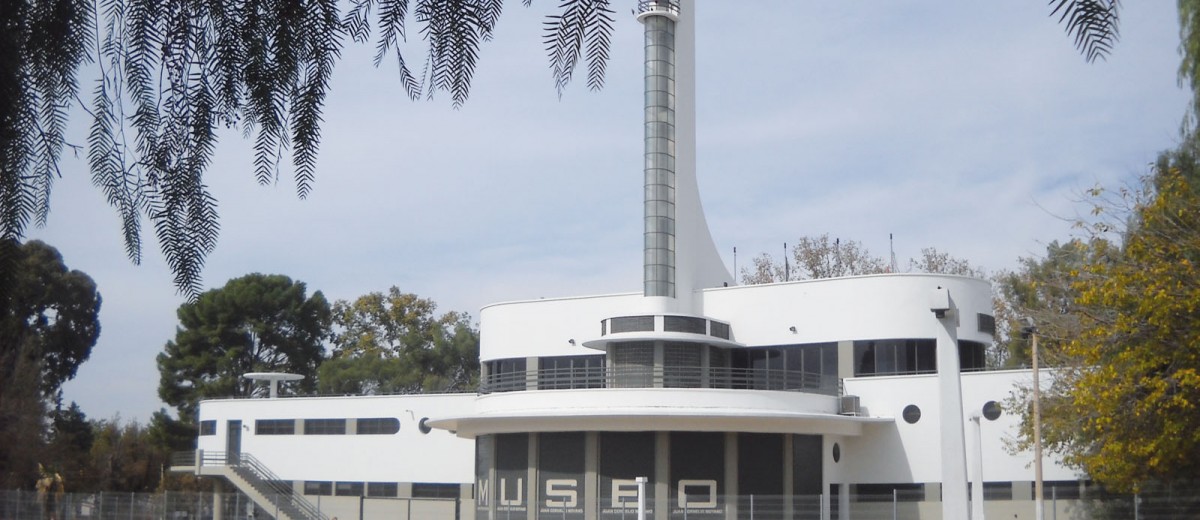
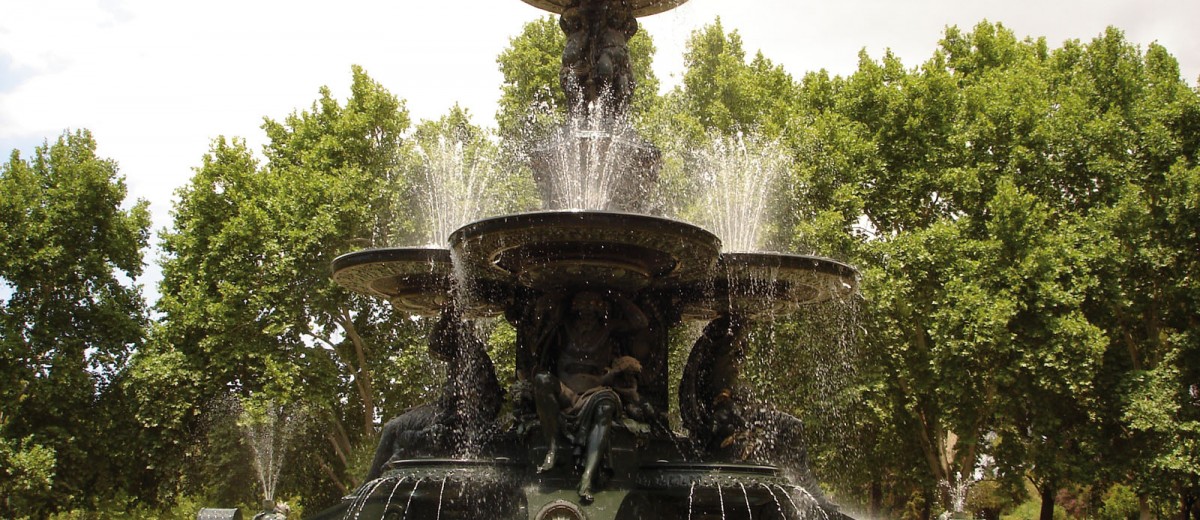
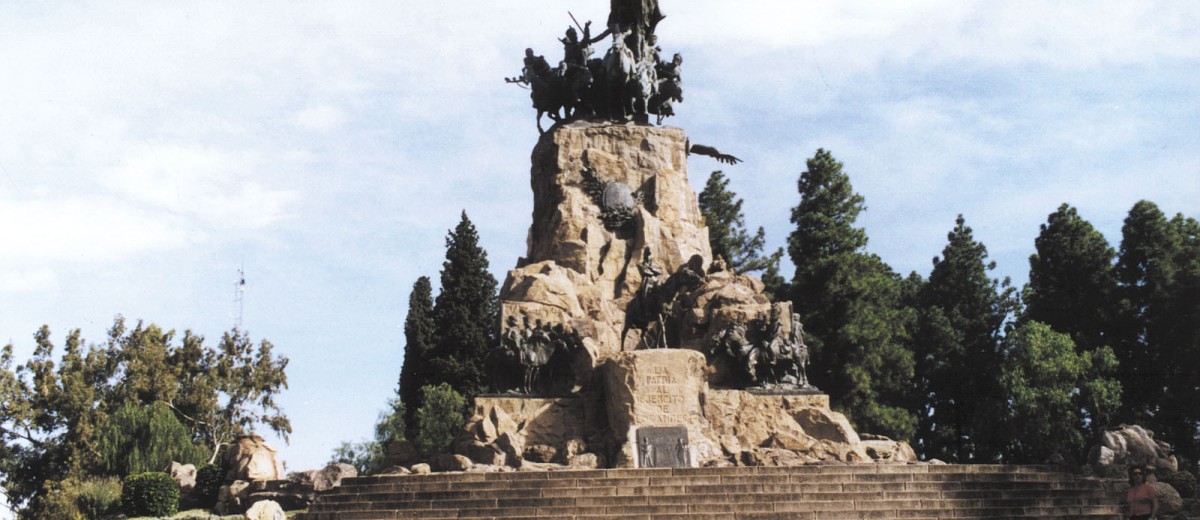




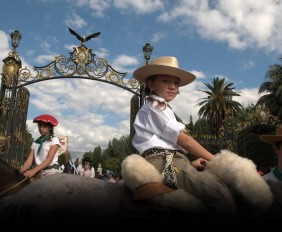
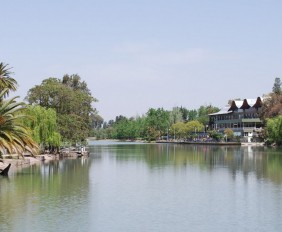
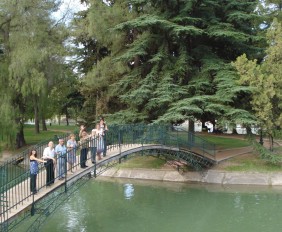
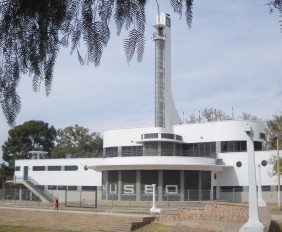

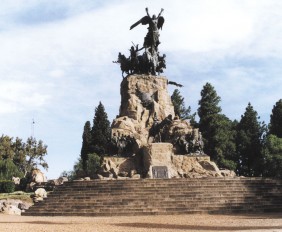
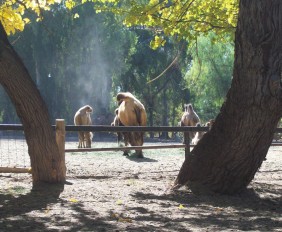
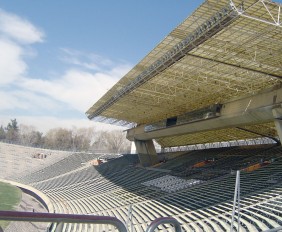
¿Qué te pareció la publicación?